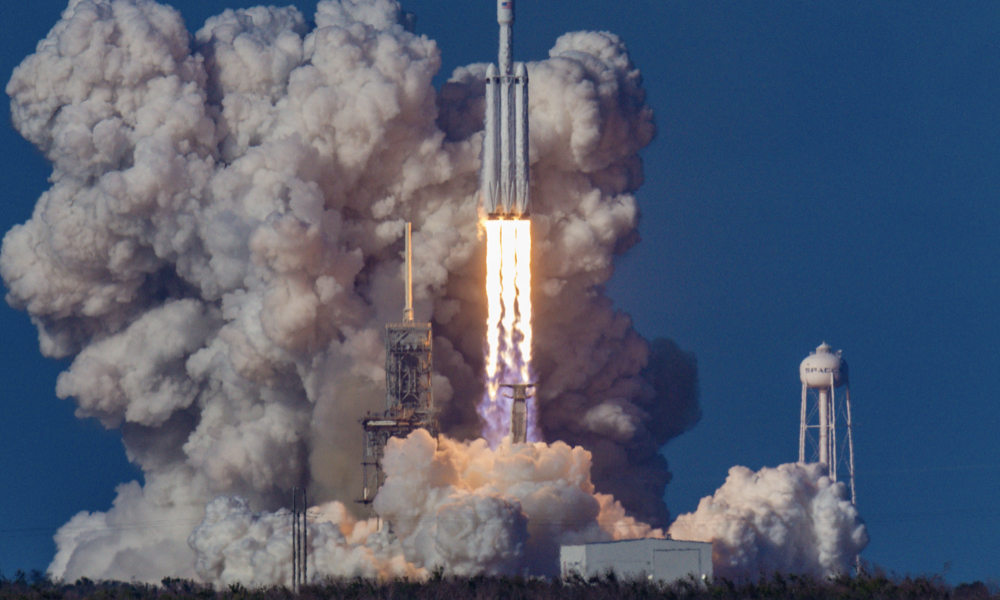
ESA Open Invitation To Tender AO8426
Open Date: 21/10/2015
Closing Date: 02/12/2015
Status: ISSUED
Reference Nr.: 15.1ET.20
Prog. Ref.: TRP
Budget Ref.: E/0901-01 – TRP
Special Prov.: BE+DK+FR+DE+IT+NL+ES+SE+CH+GB+IE+AT+NO+FI+PT+GR+LU+CZ+RO+PL
Tender Type: C
Price Range: 200-500 KEURO
Establishment: ESTEC
Directorate: Directorate of Technical & Quality Manag
Department: Electrical Engineering Department
Division: RF Payload Systems Division
Contract Officer: Erkelens-Sickinger, Franziska
Last Update Date: 21/10/2015
Update Reason: Tender issue
CDMA is being considered in the ESA mission INSPIRE to support Radio Science Experiment (RSE) based on Same Beam Interferometry (SBI) technique. This technique uses a single Earth antenna to track simultaneously and differentially two or more landers. Additionally, CDMA has been proposed as a possible long-term solution for Multi Spacecraft Per Aperture in support of Near Earth and/or Deep Space missions in order to optimise the number of Deep Space antennas required to support ESA missions and thereby minimise the infrastructure investments . The activity shall cover 1. Study and investigation of the suitable CDMA codes taking into account the performance characteristics and impacts of the spaceraft transponder and ground station equipment in terms of acquisition and synchronization aspects, tracking capability in the presence of doppler and doppler rate and the interference robustness together with the signal dynamics such as frequency ( Doppler) and amplitude variations. The Link Performances shall be analyzed for typical missions to Mars in order to assess EIRP, operating point of the amplifier, G/T, data rates and coding schemes. In this frame the overall subsystem requirements focusing on on-boardand on ground units shall be derived as well. 2. Analysis of the transponder architecture and frequency plan taking into account the following points: – Optimization of the transponder performances in terms of phase stability. – Implementation of different requirements for classical TT&C Communication links and Radio Science (based on SBI). The impact of a Dual Mode Transponder (implementing the CDMA codes but configurable also in Standard Mode using the current ECSS/CCSDS requirements) shall be analyzed also in terms of RSE performances, complexity, mass, power and operational implications 3.Bread-boarding of the on-board receiver: A breadboard of the receiver including the front end and the transponder Digital Signal Processing based on a FPGA device(s) will be developed, it shall include the selected spread spectrum codes for the CDMA applications, in addition to the standard processing.
If you wish to access the documents related to the Invitation to Tender, you have to log in to the ESA Portal.
